125 years of local government in Ireland: A timeline
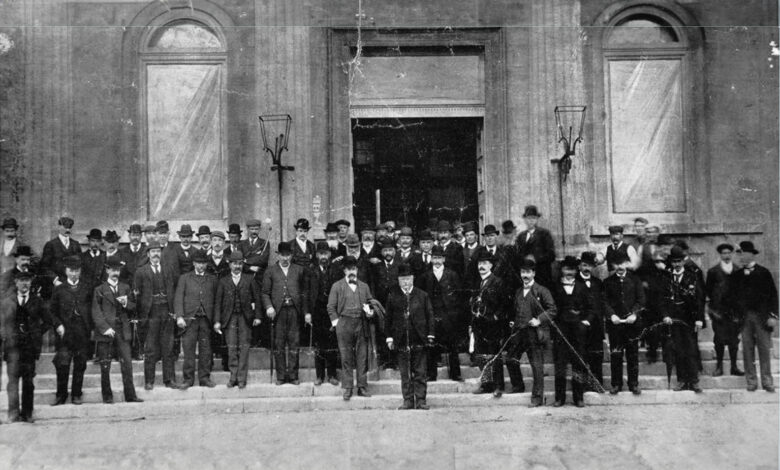
2024 marks 125 years since the first local elections were held across the island of Ireland.
Throughout the last 125 years, local government in Ireland has undergone fundamental change, accumulating more responsibility and overseeing projects relating to community, enterprise, cultural services and recreation as well as building and maintaining the roads, housing, motoring, and emergency services of council areas.
1898: The Local Government (Ireland) Act 1898 creates three new forms of local authority including county councils, rural district councils and urban district councils. The law establishes democratic local government at county level, with county councils taking over the administrative functions previously exercised by the grand juries.
1899: The first elections to the county councils and rural district councils took place on 6 April 1899, with Irish nationalists candidates winning nearly 75 per cent of the county council seats. The act also allows women to stand and vote in elections for the first time in Irish politics.
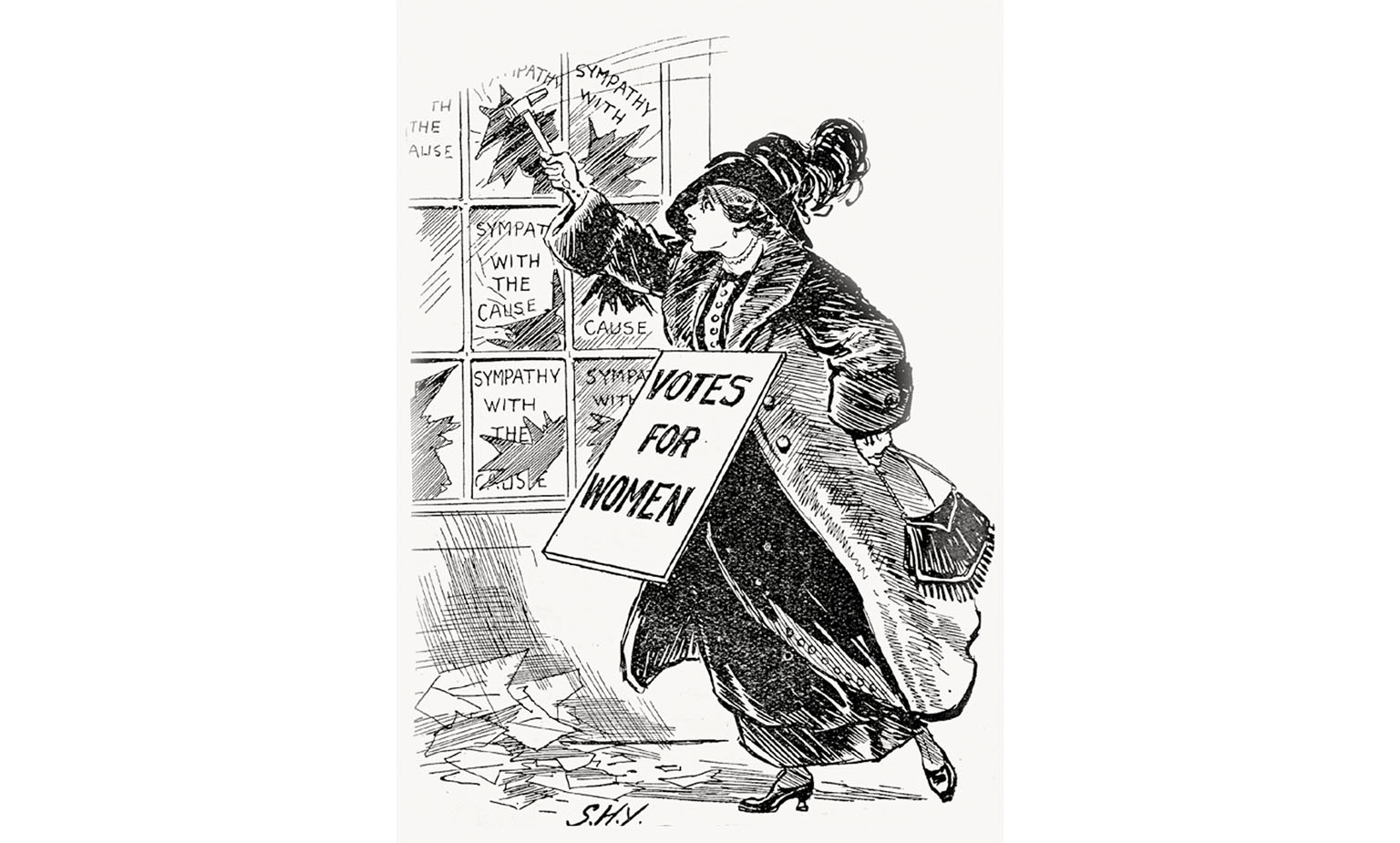
1911: Women become eligible for election to city councils.
1912: Sarah Cecilia Harrison, an artist and suffragist becomes the first woman elected to Dublin City Council. That same year, Mary Strangman, another activist, was elected for Waterford Corporation.
1920: The British Government introduces proportional representation (PR) for the 1920 local elections during the War of Independence, hoping PR will dilute Sinn Féin’s vote. However, the party achieves widespread electoral success and take control of 27 of the 33 county councils. At the same time, unionists consolidated their control in the north-eastern areas.
1920: The Dáil Government establishes its Department of Local Government, with most borough councils in the 26 counties of Southern Ireland recognising the department.
1921: Northern councils retain allegiance to the Local Government Board and to the newly established Northern Ireland Parliament.
1925: Free State Excutive Council President W.T. Cosgrave signs the Local Government Act, 1925, into law which abolishes rural district councils.
1929: City and county management is first applied to Cork with the passing of the Cork City Management Act.
1930: Dublin follows Cork and the management concept was extended in stages across local government.
1935: The franchise is reformed when all men and women over 21 years are granted the right to vote, without any qualification.
1937: The reveal of the Constitution of Ireland lacks any reference to local government.
1940: The County Management Act extends the principles of city management to county councils.
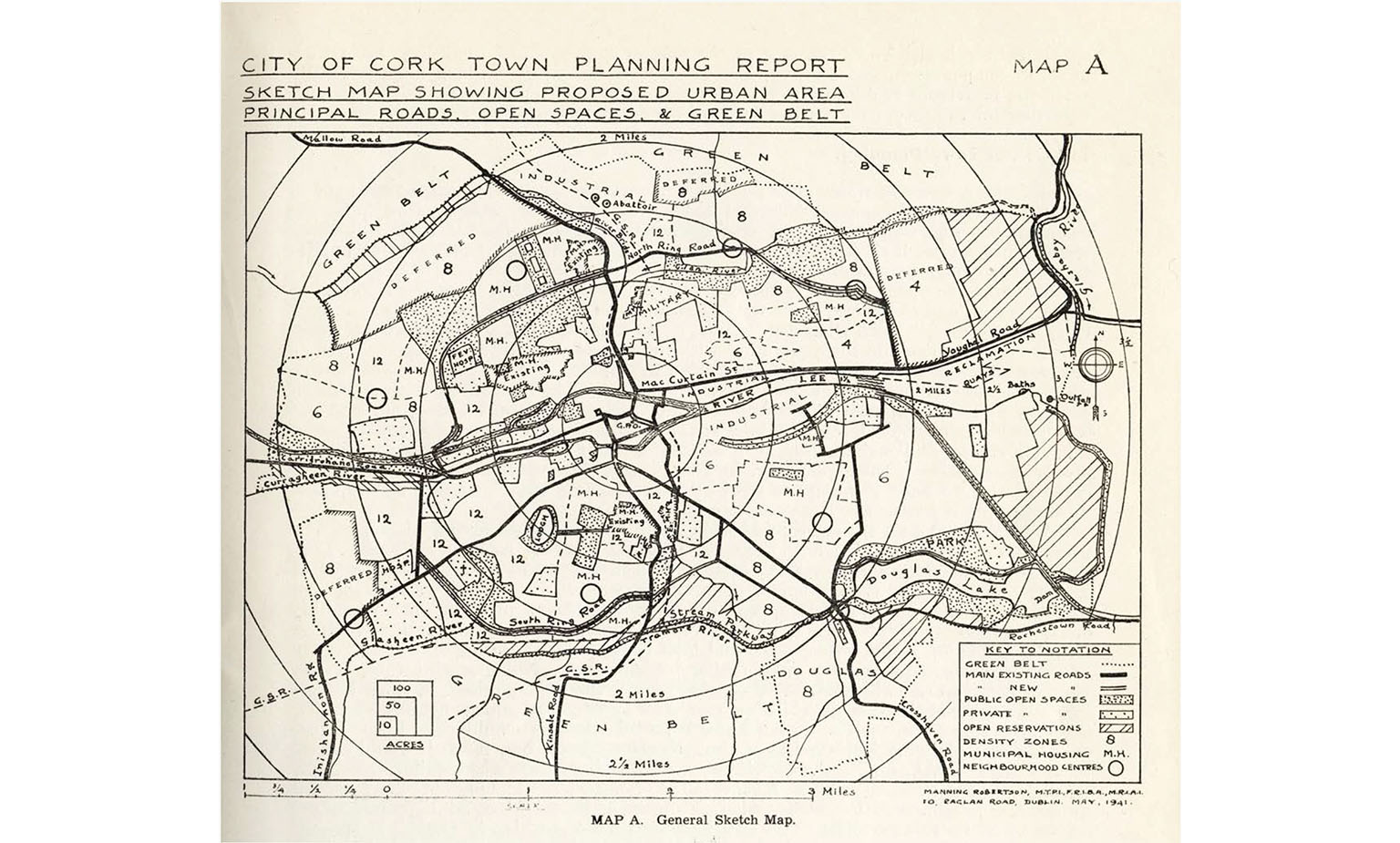
1953: Having previously been required to hold local government elections every three years, the terms for locally elected representatives are extended to five years.
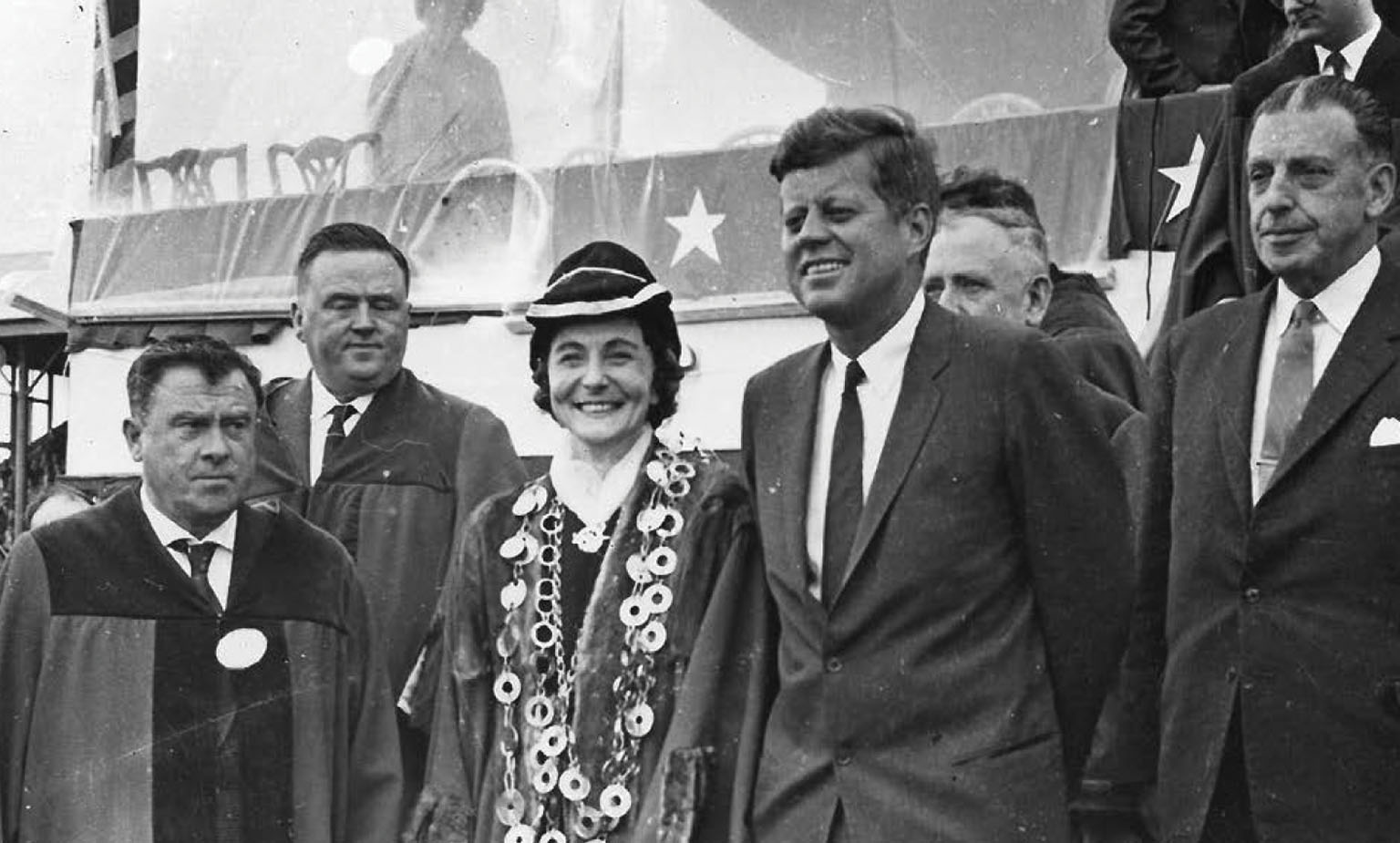
1983: Kildare County Council staff design Ireland’s first motorway-standard road, the M7 Naas bypass.
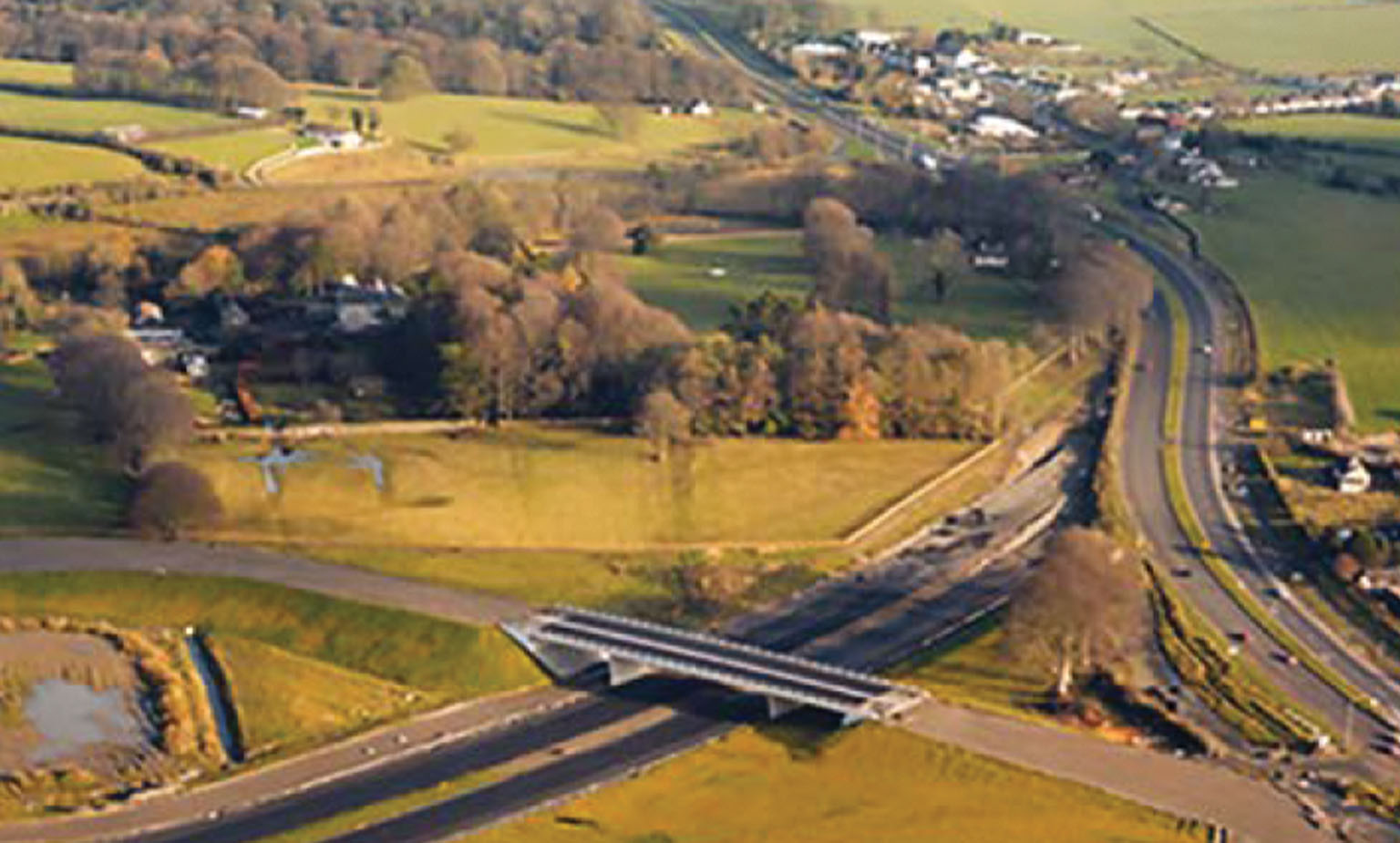
1991: The Local Government Act, 1991 grants powers of “general competence” to local authorities.
1995: A Devolution Commission is established to advise the Government on the devolution of functions and responsibilities to local government and on widening the role of local government.
1999: The electorate approve a referendum providing constitutional recognition of local government, guaranteeing elections at intervals of five years.
2003: Reforms are introduced to abolish the ‘dual mandate’, which meant that members of the Oireachtas could no longer hold council seats.
2014: The Local Government Reform Act reduces the number of local authorities from 114 to 31, and the number of council members from 1627 to 949.
2019: The Local Government Act, 2019, sees plebiscites on proposals for a directly elected mayor with executive functions in the local authority areas of Cork City Council, Limerick City and County Council, and Waterford City and County Council.
2021: The Government approved draft legislation for the role of a directly elected mayor for Limerick City and County with Executive responsibilities in relation to housing and building, road transport and safety, strategic development, and environmental services.
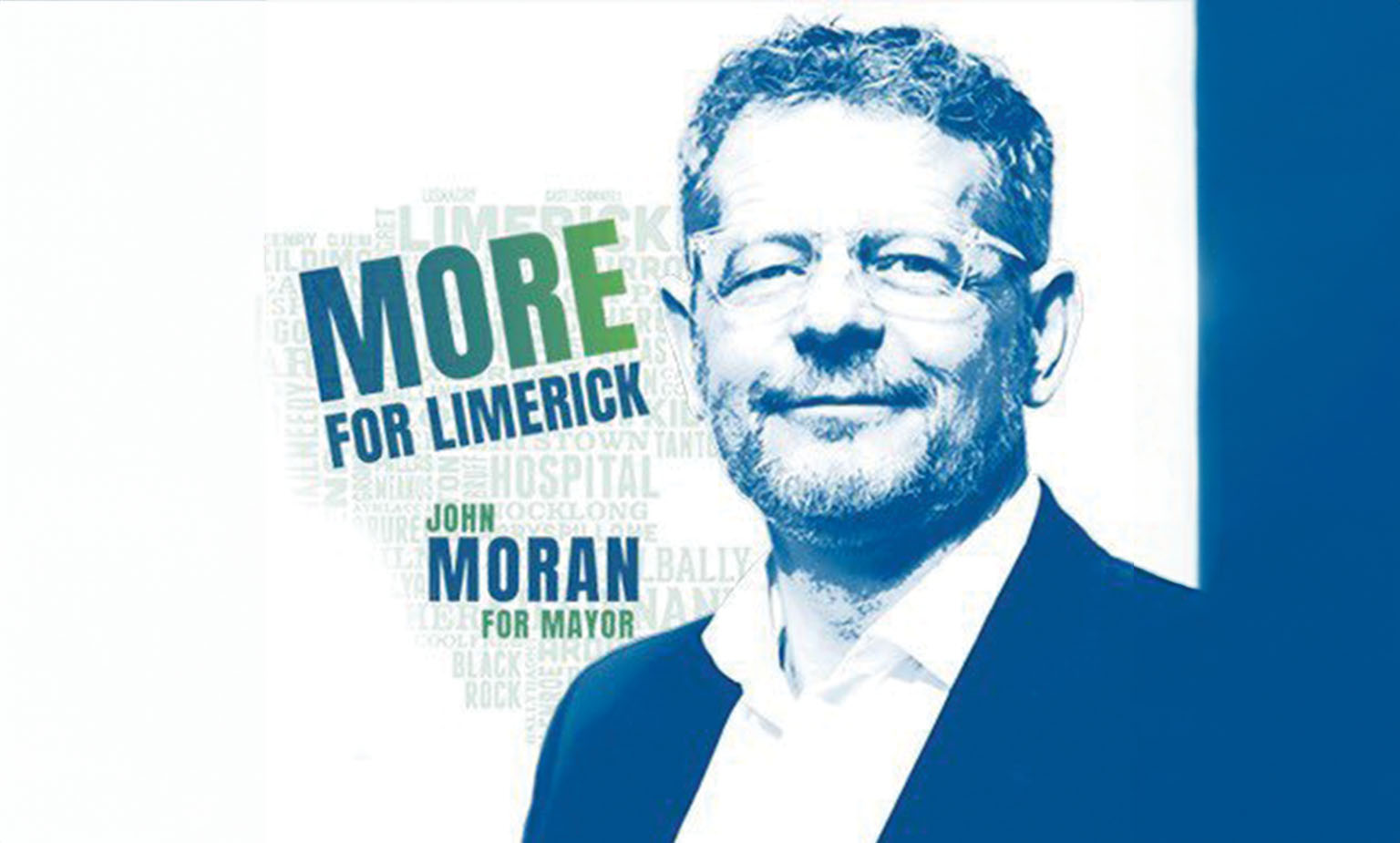
2024: The Limerick mayoral election takes place in June 2024, with independent candidate John Moran being inaugurated as the first directly elected mayor in the history of Ireland.





